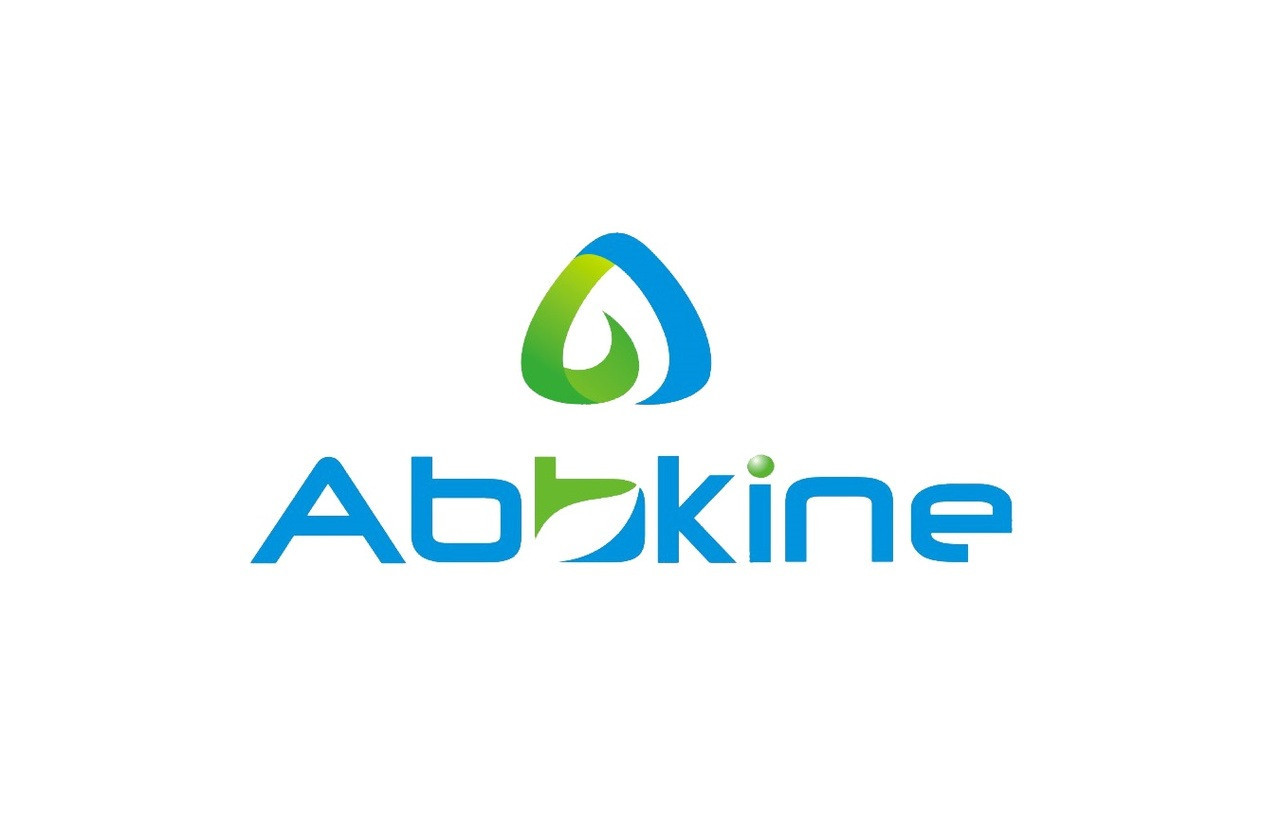Product Description
Human Steryl-sulfatase (STS) ELISA Kit | KTE60396 | Abbkine
Application: This Human Steryl-sulfatase (STS) ELISA Kit employs a two-site sandwich ELISA to quantitate STS in samples. An antibody specific for STS has been pre-coated onto a microplate. Standards and samples are pipetted into the wells and anySTS present is bound by the immobilized antibody. After removing any unbound substances, a biotin-conjugated antibody specific for STS is added to the wells. After washing, Streptavidin conjugated Horseradish Peroxidase (HRP) is added to the wells. Following a wash to remove any unbound avidin-enzyme reagent, a substrate solution is added to the wells and color develops in proportion to the amount of STS bound in the initial step. The color development is stopped and the intensity of the color is measured.
Detection Method: Colorimetric
Conjugate: N/A
Sample Type: Cell culture supernatants#Serum#Plasma#Other biological fluids
Assay Type: Multiple steps standard sandwich ELISA assay with a working time of 3-5 hours. It depends on the experience of the operation person.
Kit Component: • Human Steryl-sulfatase microplate
• Human Steryl-sulfatase standard
• Human Steryl-sulfatase detect antibody
• Streptavidin-HRP
• Standard diluent
• Assay buffer
• HRP substrate
• Stop solution
• Wash buffer
• Plate covers
Features & Benefits: Human Steryl-sulfatase (STS) ELISA Kit has high sensitivity and excellent specificity for detection of Human STS. No significant cross-reactivity or interference between Human STS and analogues was observed.
Calibration Range: Please inquire
Limit Of Detection: Please inquire
Usage Note: • Do not mix components from different kit lots or use reagents beyond the kit expiration date.
• Allow all reagents to warm to room temperature for at least 30 minutes before opening.
• Pre-rinse the pipet tip with reagent, use fresh pipet tips for each sample, standard and reagent to avoid contamination.
• Unused wells must be kept desiccated at 4 °C in the sealed bag provided.
• Mix Thoroughly is very important for the result. It is recommended using low frequency oscillator or slight hand shaking every 10 minutes.
• It is recommended that all samples and standards be assayed in duplicate or triplicate.
Storage Instruction: The unopened kit should be stored at 2 - 8°C. After opening, please store refer to protocols.
Shipping: Gel pack with blue ice.
Precaution The product listed herein is for research use only and is not intended for use in human or clinical diagnosis. Suggested applications of our products are not recommendations to use our products in violation of any patent or as a license. We cannot be responsible for patent infringements or other violations that may occur with the use of this product.
Background: STS catalyzes the conversion of sulfated steroid precursors to estrogens during pregnancy. The encoded protein is found in the endoplasmic reticulum, where it acts as a homodimer. The deduced 583-residue protein has a molecular mass of 63 kD and contains a 21- or 23-residue signal peptide, 4 possible N-linked glycosylation sites, and 2 potential membrane-spanning domains. Expression in hamster kidney cells (BHK-21) showed localization predominantly in the endoplasmic reticulum, with smaller fractions found in the Golgi, at the cell surface, and in endosomes and lysosomes. The major transcription start site was at position -221 with respect to the AUG translation initiation codon, and the amino acids were renumbered to make the initiating methionine +1.
Alternative Names: STS; ARSC; ARSC1; ASC; ES; SSDD; XLI; arylsulfatase C; estrone sulfatase; steryl-sulfatase; steryl-sulfate sulfohydrolase
Search name: STS; ARSC; ARSC1; ASC; ES; SSDD; XLI; arylsulfatase C; estrone sulfatase; steryl-sulfatase; steryl-sulfate sulfohydrolase
Tag: STS
 Euro
Euro
 USD
USD
 British Pound
British Pound
 NULL
NULL








